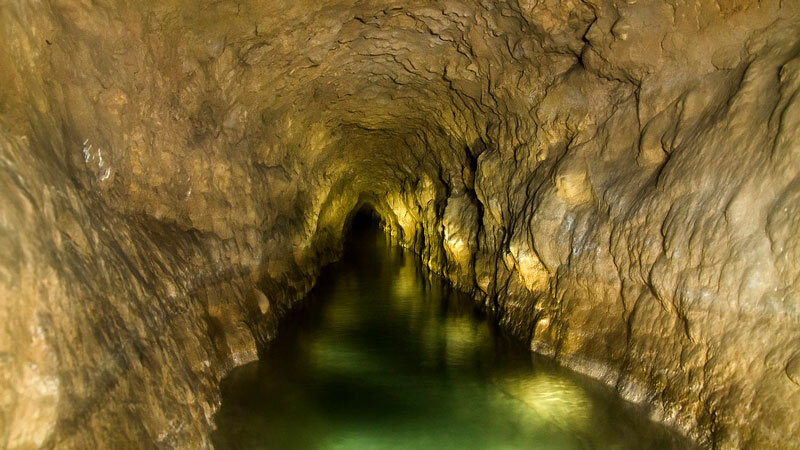2,500-year-old qanat still flowing despite drought threats

TEHRAN--Qasabeh qanat (an ancient underground water network) in Gonabad, Khorasan Razavi province, has been less affected by drought, given its access to deep underground water resources, said Hamdireza Mahmoudi, the director of the World Site of Gonabad’s Qasabeh Qanat.
Pointing to the 2,500-year-old history of the qanat and a depth of more than 330 meters from its source, he also said that the dredging in recent years has increased its water flow rate from 130 liters per second to 151, ISNA reported.
Qasabeh qanat, as one of the most wonderful water structures across the world, is a heritage which has boosted life and prosperity in the heart of desert, he pointed out.
This qanat with a well with depth of over 330 meters, is a masterpiece of the traditional engineering of Iranians, he said. It also plays an important role in supplying the water for urban and rural lives in the region, he added.
On construction measures taken for preserving the qanat , he said Qasabeh qanat is known as the leader of the Iranian aqueducts' world registration file in UNESCO.
“Its global registration trend started in 2014. We created two entrances for the qanat. In fact, these entrances were route Agricultural Jihad Department had created in the 1990s to unblock the aqueduct with a mechanical device. In 2014 and 2015, we converted this ramp into two sections of stairs so that the UNESCO assessor could enter the aqueduct from the same path. This was the first construction activity of the base at that time.”
He added that after that, the World Site of Gonabad’s Qasabeh Qanat covered the stairs and carried out reinforcement work on the route between entrances one and two, 400 meters long in the basement. This section of the route, which was previously abandoned, was prepared for the visit of UNESCO assessors, he mentioned. “Other measures taken include the installation of road introduction signs on the access routes to Gonabad city. Also, public toilets were installed on the site itself, temporary parking was created, and electrical infrastructure was provided.”
Mahmoudi continued that given the large size of the site, its area is 310 square kilometers and the projected area for tourism services is about 200 hectares. “The Qasabeh qanat consists of two main branches with a total length of 33 kilometers. Due to the size of the project, tourism services are currently implemented within the 200-hectare area of the site.”
He continued: “In this area, temporary parking, electrical infrastructure and shelters have been installed, and on the path leading to the foothills and passing through the alleys of the gardens, restoration work has been carried out on the structures related to the qanat. Archaeological excavations have also been carried out in parts such as the mills of the route, and some spiritual elements related to the qanat have been registered as spiritual heritage of the country.”
Mahmoudi referred to the implementation of Qasabeh Qanat Tourism Route Plan, saying: “In recent years, the site has prepared a plan for a 2.7-kilometer-long tourist route that should be ready for operation in the future. This route will include key points such as the Qasabeh Jame’ Mosque, mills, foothills, the qanat symbol, and gardens.”
He stated that the most important recent measures include the acquisition of 12.7 hectares of land in the tourism plan section, adding: “Also, a contract has been signed with the University of Tehran to prepare a management plan and a comprehensive tourism plan. Currently, the fourth phase of the tourism route is under implementation, and the main parking lot of the site will be put into operation this year. Installing light signs and completing electrical infrastructure are also among the current plans.”
Mahmoudi continued: “Regarding other qanats in Gonabad county, whatever is nationally registered is under our direct supervision. There is also close cooperation with Gonabad Water Department. However, many of the county's qanats have dried up. We have about 20 permanent aqueducts in the city of Gonabad, and fortunately, digging any wells within the Qasabeh aqueduct area has been prohibited since the 1960s, which has been an important factor in preventing the aqueduct from drying up.”
KD
Leave a Comment